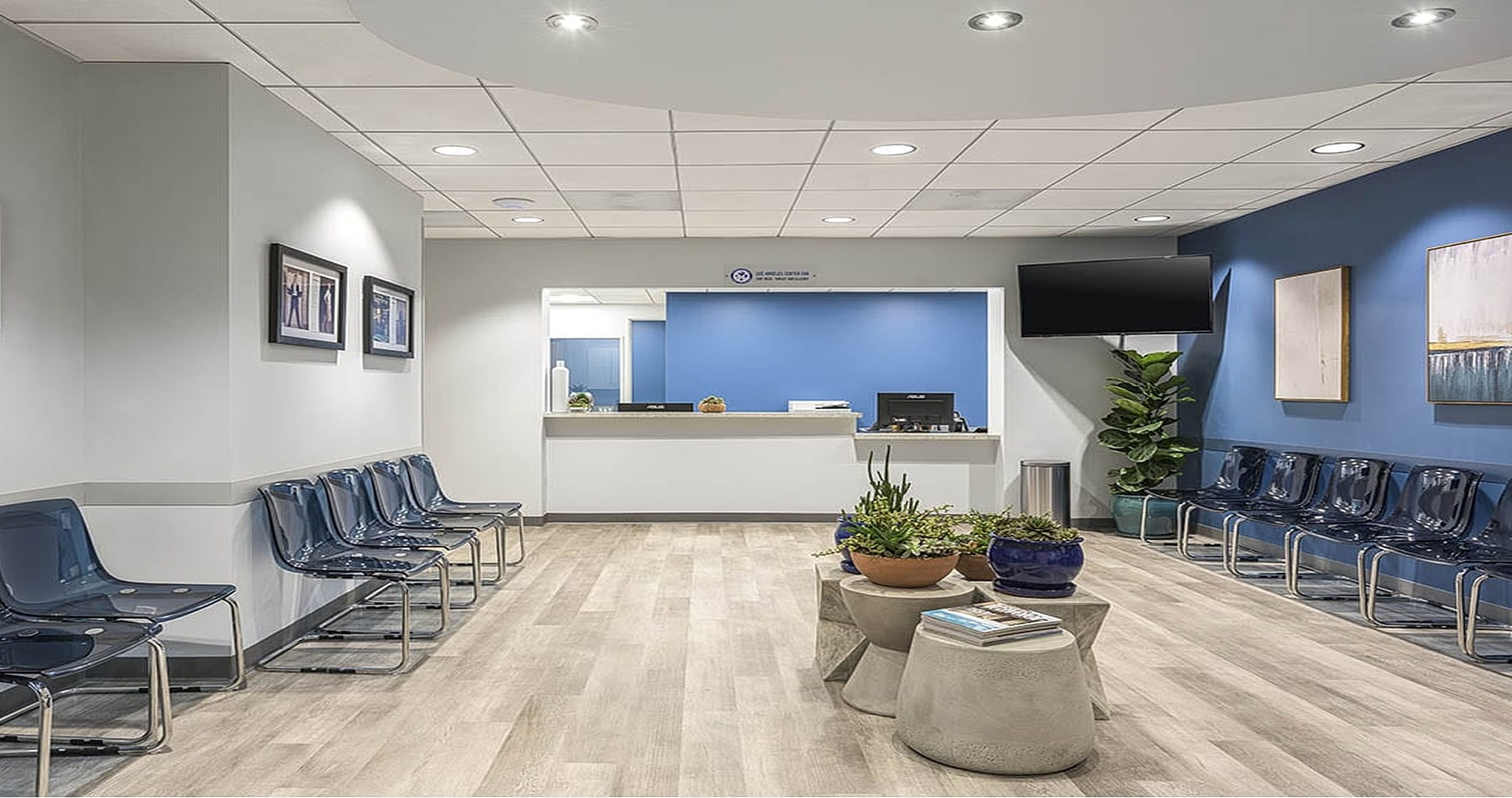
















Snoring is more than just a nighttime nuisance—it can disrupt sleep, strain relationships, and even indicate serious health conditions like obstructive sleep apnea (OSA). If snoring is impacting your sleep quality and daily life, snoring surgery may be the long-term solution you need.
At SoCal ENT, we offer advanced, minimally invasive snoring surgery options to help you and your loved ones sleep peacefully. Our expert team will evaluate your condition, identify the root cause of your snoring, and recommend the most effective treatment to improve airflow and reduce nighttime noise.





Snoring occurs when airflow is partially blocked as it moves through the nose and throat, causing vibrations in the surrounding tissue. While occasional snoring is common, chronic or severe snoring may require medical intervention.
Common Causes of Snoring:
If lifestyle changes, CPAP therapy, or oral appliances have failed to improve your snoring, surgical treatment may be the best option.
At SoCal ENT, we offer a range of advanced snoring procedures designed to improve airflow, tighten soft tissues, and open the nasal and throat passages for better breathing.
You may be a candidate for snoring surgery if you:
If snoring is affecting your quality of life and sleep, a comprehensive evaluation at SoCal ENT can help determine the best treatment for you.

As swelling subsides and your airway becomes clearer, you’ll notice a significant reduction in snoring volume and frequency, allowing both you and your partner to finally enjoy peaceful sleep. With improved airflow through your nose and throat, you’ll wake up feeling more refreshed and energized, free from the grogginess and fatigue that come with restless nights.
Recovery time varies depending on the procedure, but most patients experience noticeable improvement within a few weeks. As your sleep quality improves, you’ll likely find it easier to focus during the day, stay productive, and feel more alert. Better breathing at night doesn’t just help you sleep—it supports your overall health, mood, and well-being. By taking control of your snoring, you’re investing in a healthier, more vibrant life for yourself and better rest for those around you.
If snoring is disrupting your sleep, causing fatigue, or linked to sleep apnea, surgery may be a long-term solution after conservative treatments fail.
Not always. However, loud, persistent snoring, choking sounds, or daytime sleepiness may indicate obstructive sleep apnea (OSA), which requires medical evaluation.
Pillar implants and radiofrequency treatments are minimally invasive procedures with quick recovery times for reducing snoring.
Coverage depends on the severity of your condition and whether it’s linked to sleep apnea. Our team can help verify your insurance benefits.
Results vary, but most patients notice improvements within a few weeks as swelling subsides and airflow improves.